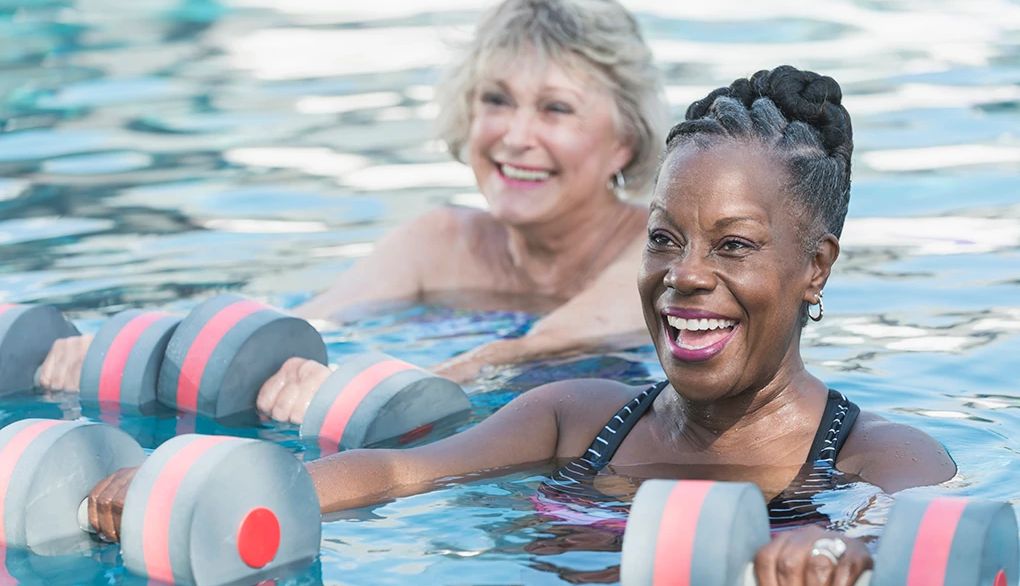Challenges


Aerobic exercise — the kind that makes you breathe harder and gets your heart rate up — can benefit your brain in several ways. There’s more to learn, but recent research suggests that aerobic activities like dancing, cycling and brisk walking may help improve your thinking and memory skills by boosting blood flow to the brain. That blood supply brings the oxygen and nutrients the brain needs to function at its best.
In a 12-month study of 56 cognitively healthy adults in their 60s and 70s published in the Journal of Cerebral Blood Flow & Metabolism in 2022, participants were randomly assigned to either aerobic exercise training — exercises that significantly raised their heart rate — or a stretching and toning program. All participants received MRIs and cognitive and cardiovascular tests at the beginning and end of the trial.
The aerobic exercise group began with three 25- to 30-minute workouts per week and gradually increased to four or five 30- to 40-minute workouts per week; two of them were high-intensity. The stretching and toning program had a similar time commitment for stretching and gentle strengthening exercises using light resistance bands.
Compared with the stretching and toning group, those in the aerobic exercise group had better blood flow to the brain and better performance in memory.
A similar study of 30 adults with mild cognitive impairment, published in the Journal of Alzheimer’s Disease in 2020, also showed benefits of aerobic activity. Half of the participants, in their late 50s to early 70s, did 12 months of aerobic exercise training while the rest did only stretching. Based on brain scans to map changes in blood flow, the researchers found that aerobic exercise improved blood flow to two key regions of the brain associated with memory.
At the one-year mark, the aerobic exercise group showed a larger improvement in some memory scores than the stretching group, researchers reported.
These studies suggest that increased blood flow from aerobic exercise is linked to reduced risk of memory loss, said Binu Thomas, assistant professor in neuroimaging at the University of Texas Southwestern Medical Center and coauthor of the 2020 report. “By adding as little as four weeks of exercise, you start seeing cardiorespiratory fitness improvement, which is definitely beneficial for brain function,” he said in an email.











More From Staying Sharp
Work Out With Denise Austin: Mini Push-Ups
They can help strengthen and tone your arms, chest and shoulders
Fit Short Bouts of Exercise Into Your Day
Every minute of physical activity adds up — even when spread throughout the day